What Is the Correct Way to Thaw Potentially Hazardous Food
In the refrigerator in cold water and in the microwave. At room temperature thawed portions of potentially hazardous foods can support bacterial growth.

Food Safety Presented By Jean Austin Connie Metcalf University Of Maryland Extension Kent Center February Ppt Download
In the refrigerator in cold water and in the microwave.
. Reheat to 145F or hotter within 3 hours B. How long may potentially hazardous food remain in the Danger Zone before it must be. Reheat to 135F or hotter within 1 hour D.
Its safe to cook foods from the frozen state. The 2 Hour 4 Hour Rule specifies how long fresh potentially hazardous foods such as cooked meat and meat-based foods dairy products prepared fruits and vegetables cooked rice and pasta and cooked or processed foods containing eggs can be safely held at temperatures in the danger zone. Thaw potentially hazardous foods in one of the following ways.
Place it in the refrigerator. 135F for 15 sec within 2 hrs B. Hot foods at 135 degrees or hotter cold foods at 41 degrees or colder.
There must be sufficient water velocity to agitate and float off. The safest place to thaw food is in the refrigerator. A proper way to thaw frozen chicken is.
PROPER WAYS TO THAW FOODS Introduction Thawing or defrosting foods is a critical control point to prevent foodborne illness. However thawing potentially hazardous food such as raw meat poultry and seafood can easily cause outbreaks of food poisoning if some simple rules are not followed. The water should flow over the container edge to flush away impurities of the food.
Freezing is an excellent way of extending the life of foods. The food must be completely submerged under potable running water at a temperature of 70F or below. 145F for 15 sec within 4 hrs C.
Thawing at room temperature on the counter is unsafe. 41F to 135F and to prevent cross-contamination. In cold water.
What is the proper way to thaw foods. Sealed packages of food may be thawed in cold water. There are three safe ways to thaw food.
Potentially hazardous food that has been cooled needs to be reheated to what temperature. What are the proper hot and cold holding temperatures. Or 45F as detailed in the Indiana Food Code Under refrigeration that maintains internal food product temperatures of 41F or less.
Reheat quickly to 165 degrees or hotter. Thawing temperature has to be controlled and there are only four correct ways to thaw frozen foods. There are several ways to rapidly cool potentially hazardous food.
What is the correct way to wash dishes utensils and equipment. Reheat to 165F or hotter within 2 hours. Use a probe thermometer.
The methods of cooling are. Under cold running potable water with a temperature of 70F or below. That is between 40F and 40F.
Place the package under water in a bowl pot or sink and change the water every 30 minutes until the food is defrosted. Thaw food submerged under running water at a temperature of 70F 21C or lower. There are three safe ways to thaw food.
What is the best way to check the temperature of the food. Microwave thawing may be uneven leading to poor quality or even bacterial growth. Reheat to 120F in a steam table or other hot holding equipment C.
When thawing frozen food its best to plan ahead and thaw in the refrigerator where it will remain at a safe constant temperature at 40 F or below. Food should be thawed safely to minimize the time that it is in the temperature danger zone. The manager of the establishment should determine which method or combination of methods is most effective for a particular food.
In a microwave if the food is to be cooked immediately Submerged under 70 F or lower running water. During this step take care to avoid cross contamination and exposing food to the temperature danger zone between 41oF and 135oF. Critical violation Improper thawing of potentially hazardous food is a critical.
Pre-scrape wash rinse and sanitize then air dry. When reheating potentially hazardous food for hot-holding reheat the food to. In the cooler at 41 F or lower.
According to US Department of Agriculture USDA that when thawing frozen food its best to plan ahead and thaw in the refrigerator where it will remain at a safe constant temperature at 40 F or below. The temperature of the thawed potentially hazardous food must not rise above 41F. Which is the correct way to reheat potentially hazardous food.
The food item or items must be placed in a rimmed container such as a pot or bowl. Thaw food in a refrigerator at 41F 5C or lower to keep dangerous microorganisms from growing. Plan ahead when thawing large items such as turkeysthey can take several days to thaw.
Stir soups sauces gravies and chilies while the container is in an ice water bath.
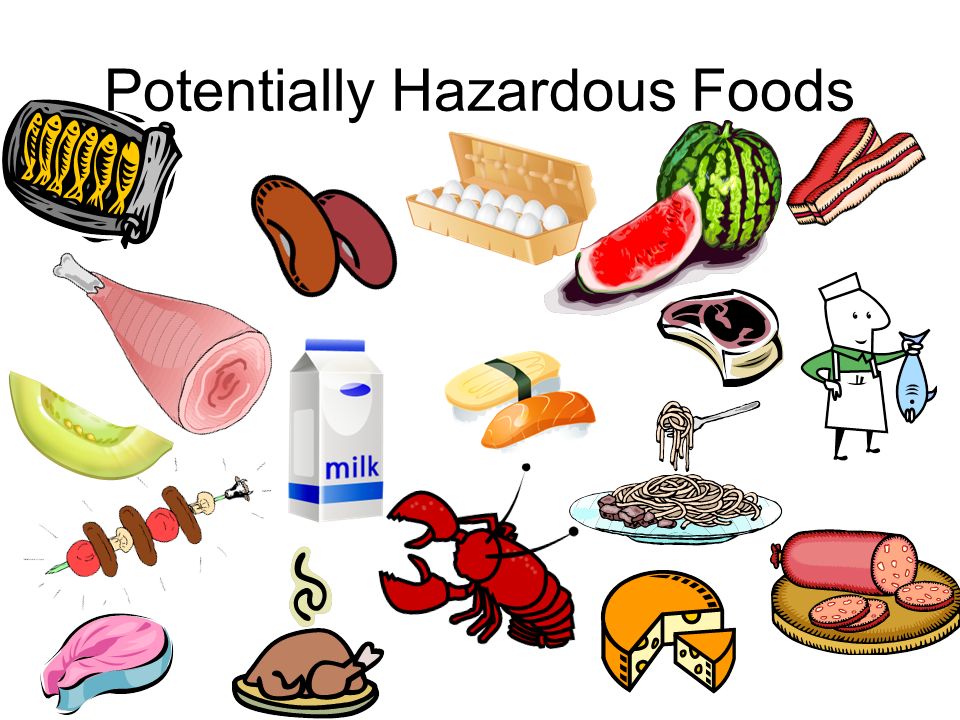
Preparing Serving Safe Food Ppt Video Online Download

Chill Out The Importance Of Cold Temperatures In Food Safety Ppt Download

Safe Food Handling For Volunteers Ppt Video Online Download
Alberta Food Safety Facts Ppt Download
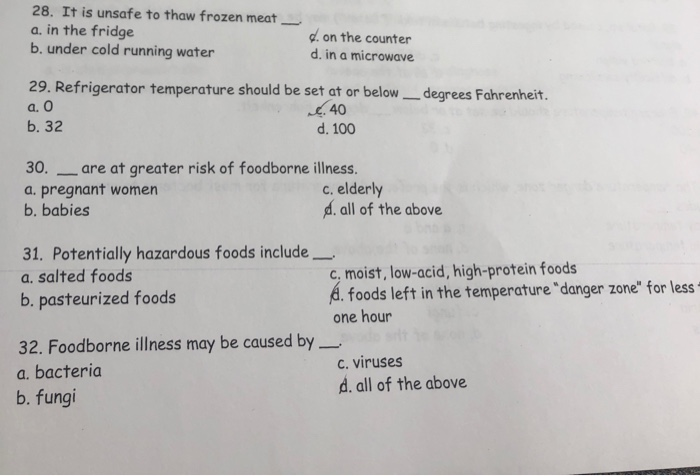
Solved 28 It Is Unsafe To Thaw Frozen Meat A In The Fridge Chegg Com
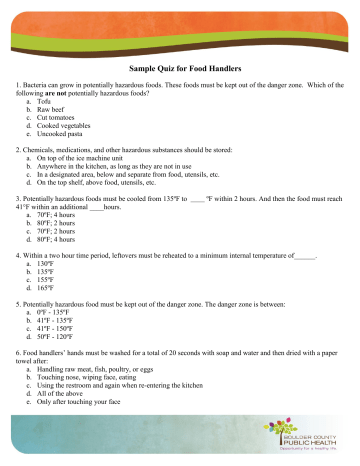
Sample Quiz For Food Handlers Manualzz
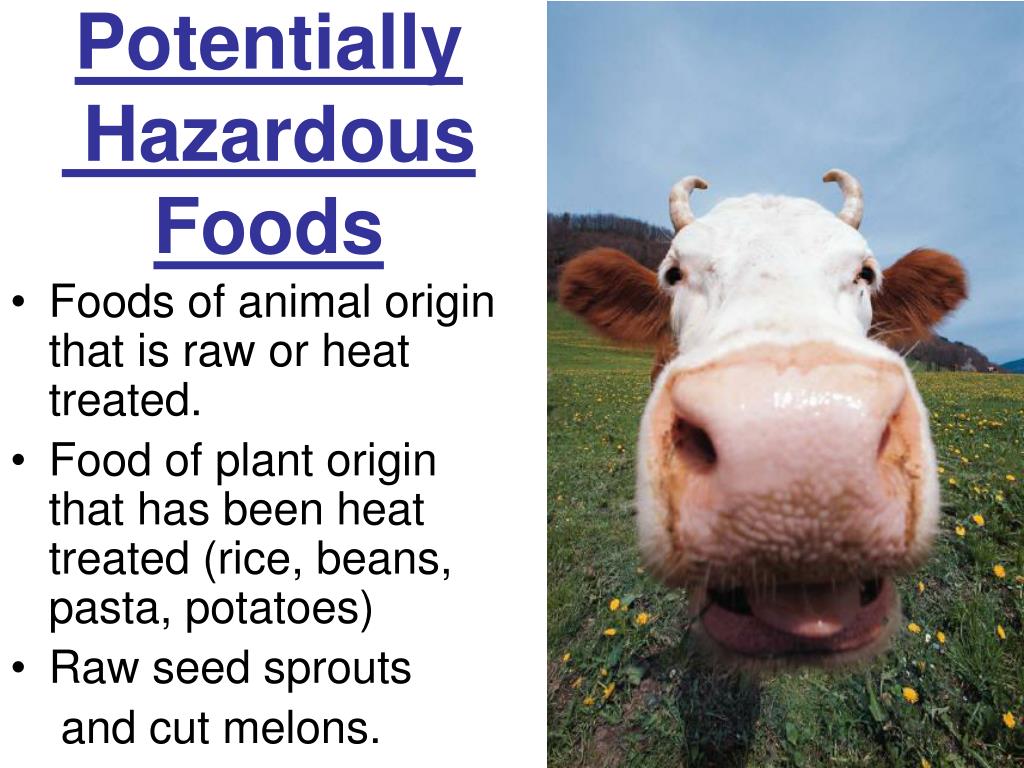
Ppt Potentially Hazardous Foods Powerpoint Presentation Free Download Id 5290598
Food Safety Tip Thawing Tcs Aka Potentially Hazardous Food Inside Sue S Kitchen
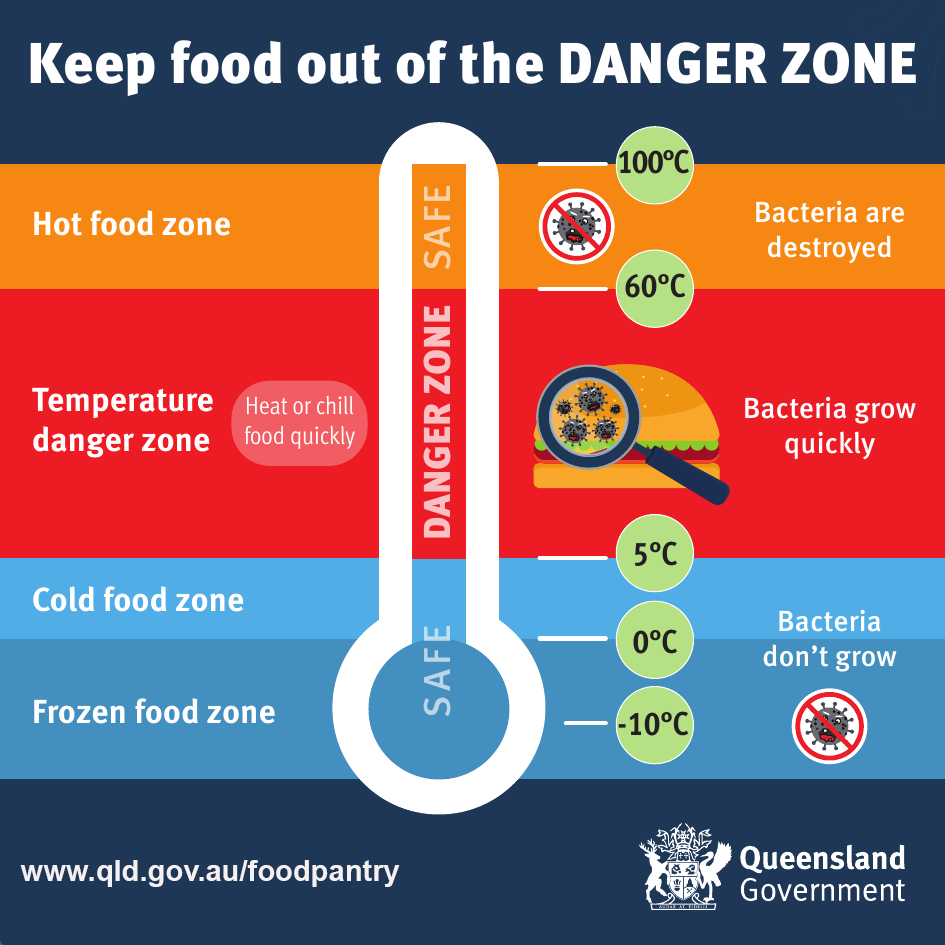
Preventing Food Poisoning Health And Wellbeing Queensland Government


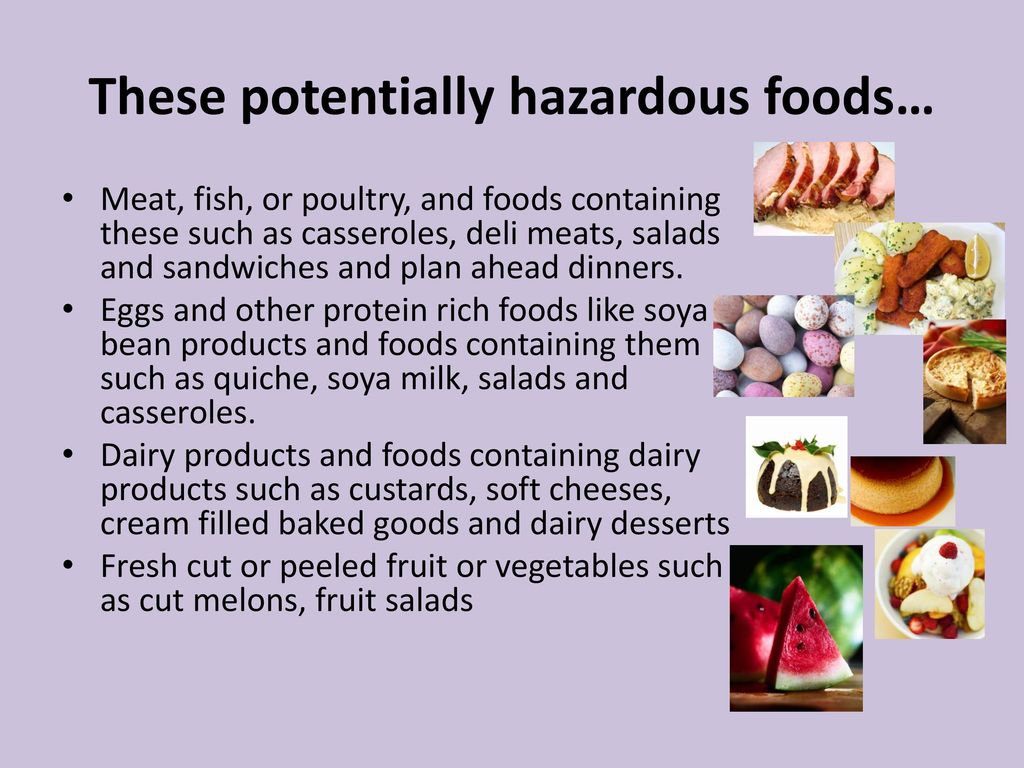
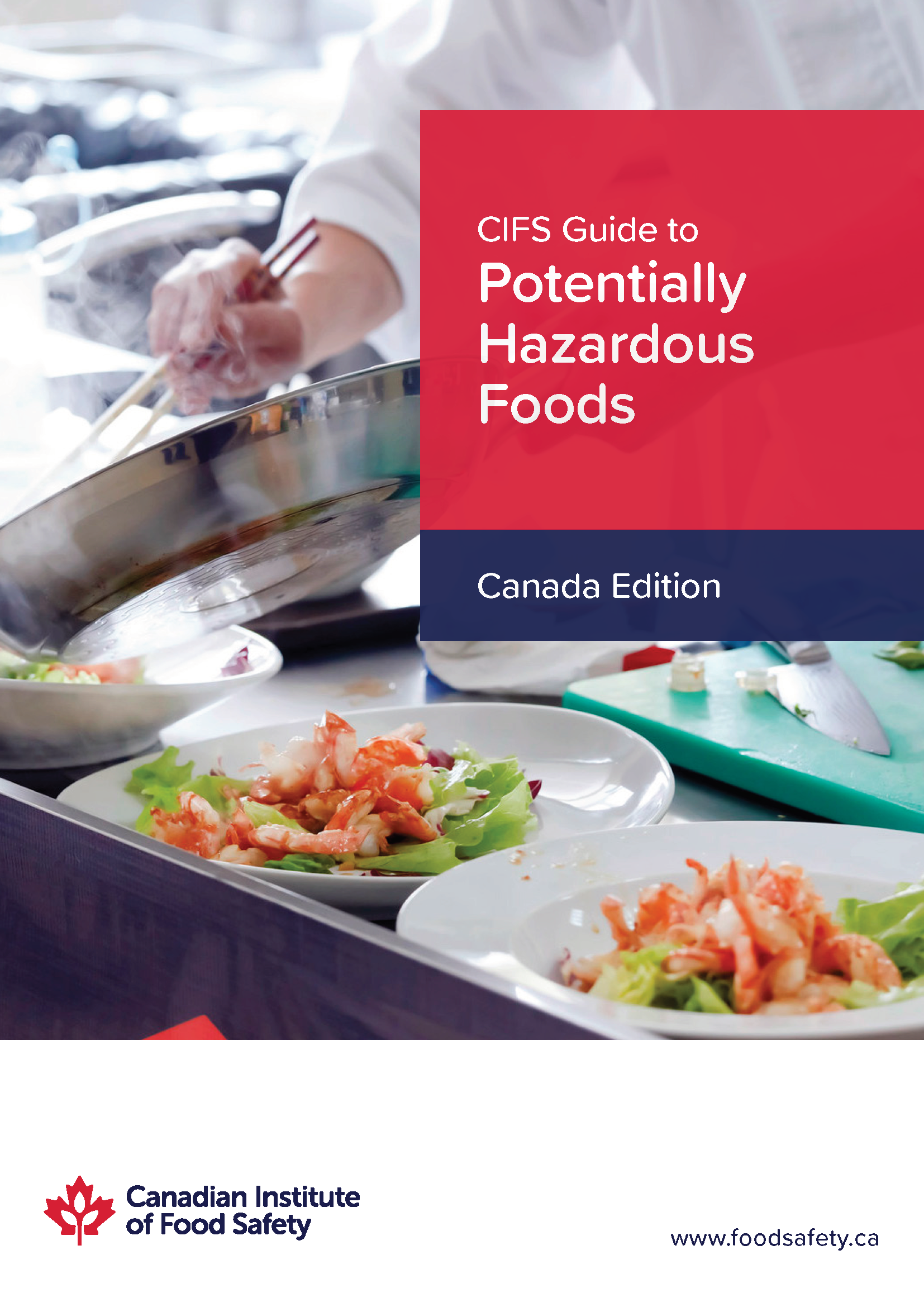
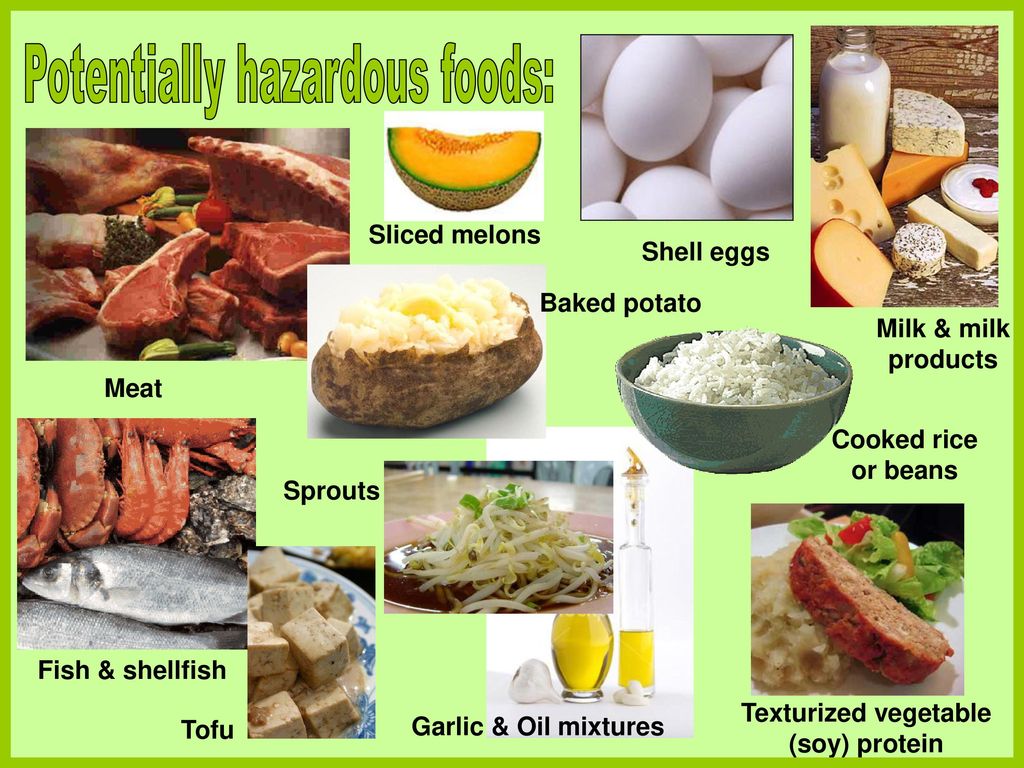
Comments
Post a Comment